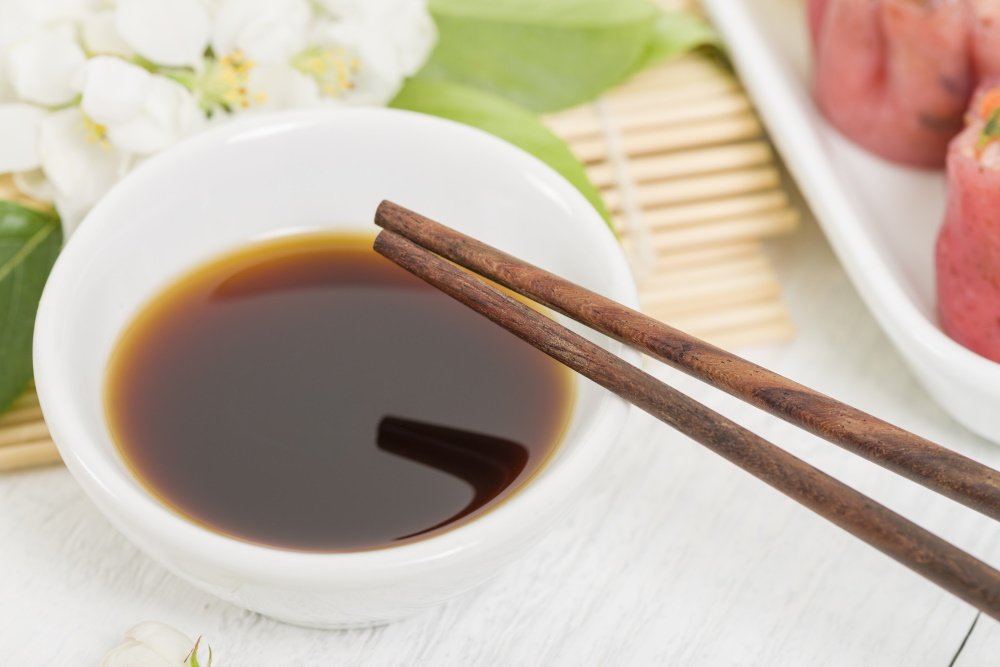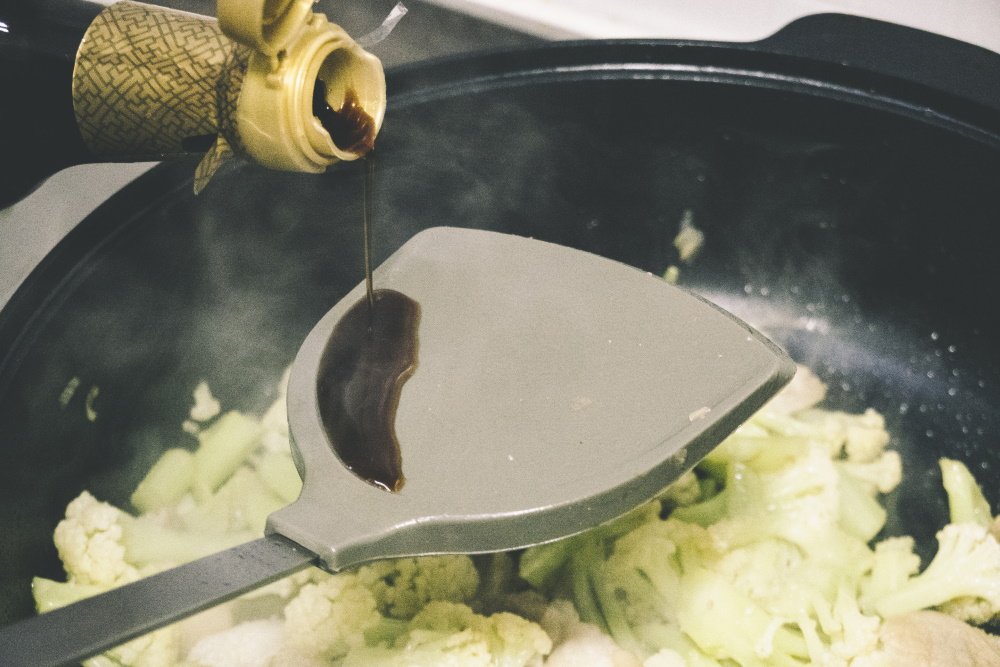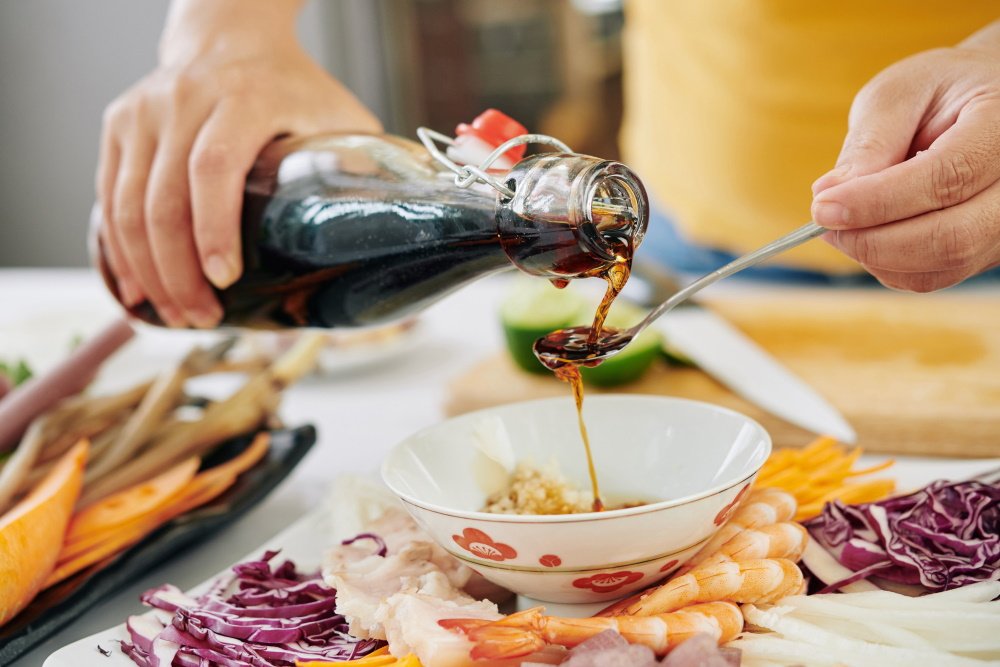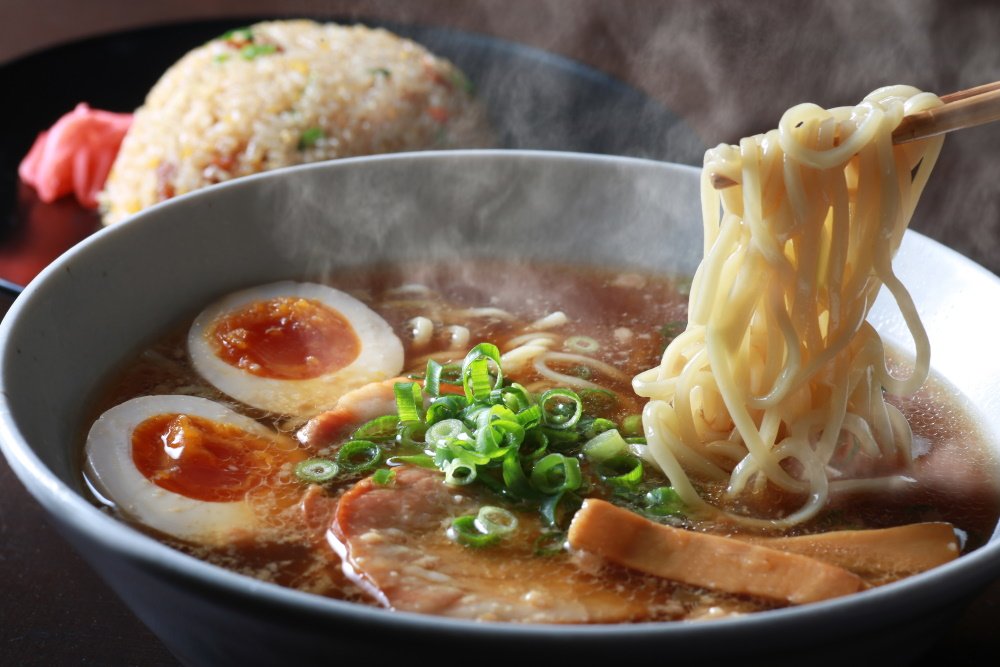Soy sauce is one of the most popular seasonings in the world with its rich flavors and history. Dating back to ancient times, it was once created as a cheaper alternative to salt. But despite being less expensive, it was very labor intensive. You see, making soy sauce requires a process of mixing, fermenting and distilling four times. In modern times, soy sauce production has become significantly more accessible, and demand for the seasoning has grown.
Used in cooking and as a sauce, it provides a deep, umami essence to a range of dishes. Only a tiny amount is needed for a big impact, and consuming it in moderation is key due to its high sodium content, which can cause health issues. There are also certain kinds of soy sauce that have reduced sodium, but some people don’t find it to have as rich of a flavor. A good rule of thumb is to add in tiny amounts and always taste. Here are some other typical soy sauce faux pas that you should definitely avoid.
1. Not using the proper soy sauce

Not all soy sauce is the same. There are many kinds of soy sauce, although most of them are dark and salty liquids made from fermented wheat and soybeans. Soy sauce can add depth to meals, but different kinds are used for different purposes. Always use the specified kind that the recipe calls for, as it can drastically change the flavor and texture if you don’t. There are Chinese, Japanese, Indonesian and Thai soy sauces. While the Chinese variety often uses light, dark, or mushroom-flavored soy sauce, Japanese has light and dark along with tamari. Indonesian cuisine, on the other hand, offers sweet soy sauce.
2. Not adapting soy sauce to a vague recipe

Soy sauce has many interpretations, but what do you do when it just says “soy sauce” and leaves you to figure out which one to buy? Most of the time, you can go with light soy sauce or all-purpose. Only use dark soy sauce when a recipe specifically asks for it. Light and all-purpose soy sauce is somewhat salty and has a mild taste, lending well to chow mein, fried rice and stir fry. Dark soy sauce has a more robust flavor and darker color that pairs well with Thai noodles, kung pao, or lo mein. Always choose light for dipping sauces and dressings.
3. Putting it in the fridge

Soy sauce doesn’t require refrigeration since its already fermented. The salty environment that facilitates bacteria growth can create lactic acid, which prevents pathogens from forming. Hence, soy sauce doesn’t have an expiration date. Opened bottles should last around two years, but if you want to preserve the flavor beyond that, you can place it in the fridge.
4. Over-salting dishes due to using too much

We’ve all been there. Since you can’t remove salt from a dish, it’s better to add in very small amounts. Too much soy sauce on a regular basis can cause kidney stones and high blood pressure. Gradually add your sauce in while cooking instead of pouring it all in at once, starting small until you find the perfect balance.
5. Not paying attention to the fact that gluten is in soy sauce

Soy sauce is not gluten-free due of the presence of wheat. Some soy sauce substitutes are gluten-free, including tamari, liquid aminos and coconut aminos. These can get you that umami boost without the gluten, but if you’re a celiac or have gluten intolerance, this fact is important to be aware of.
6. Not balancing flavors correctly

Whenever you cook with soy sauce, other flavors must be considered. Sweet, smoky flavors need to be balanced with umami and salty flavors. To achieve the proper balance, add ingredients such as honey, mushrooms or smoked paprikas. Fresh herbs can also help to add brightness. Be sure never to add sweet ingredients to Indonesian soy sauce since it has an almost molasses-like texture.
7. Not making tuna salad or meat sauce with it

Maybe you did a double take when you read this, but it turns out that using soy sauce and greek yogurt in a tuna salad recipe tastes just as good as your classic mayo-based tuna salad. To maximize flavors, marinate your tuna in soy sauce and add your favorite ingredients. Additionally, just a bit of soy sauce can help enhance the flavor if Italian meals like pasta when balanced properly with Italian seasonings and garlic.
8. Not roasting nuts with it

Seasoning roasted nuts with soy sauce is a great way to add flavor. As someone that’s once had tamari roasted almonds, I can confirm! To star, get some raw, unsalted nuts of any variety. Then, toss them in soy sauce until they’re coated. After this, set your oven to 350 degrees Fahrenheit and spread the nuts on a baking sheet, baking them for up to 15 minutes.
If you think that soy sauce is just for stir-fry, think again.
9. Not adding it to dessert

We recommend starting with a caramel base since it can add complex sweetness to balance out savory soy sauce. Many of the best desserts are sweet and salty, and umami can help bring out the best in ingredients like vanilla, chocolate, caramel, coconut or mango. Prepare your caramel in a pan, melting until it’s a liquid before adding in additional ingredients like coconut flakes. Then, slowly add in soy sauce and gently stir with a spoon. Pour it over ice cream, flavor pudding with it or add it to a cake!
10. Forgetting to use it with eggs

Did you know that you can marinate eggs in soy sauce for a classic ramen add-on? They’re the perfect blend of salty and creamy. You can also make scrambled eggs with soy sauce — start by adding oil or butter to a pan before adding in your whisked eggs. As it starts to cook, slowly stir in soy sauce.
11. Not mixing it with butter

Butter makes everything better, and blending it with soy sauce can instantly create a luxurious and cozy seasoning made from just two ingredients. Soy butter can be dolloped on rice, meat, mushrooms or even a slice of bread. It can even cook a steak or be added to a satay sauce. You can even melt it in your ramen. Just add a few drops to some softened butter and you’re good to go.








